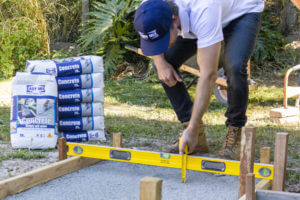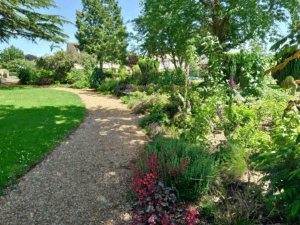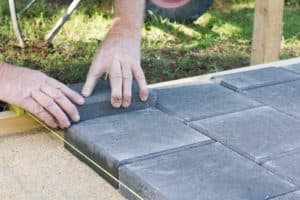Have you been looking for ways to update your brick walls? German Schmear is a type of mortar wash finish that creates a charming exterior siding reminiscent of the old world. It is a popular choice for homeowners wanting to remodel an old home or for people wanting to add some rugged sophistication to their newly constructed home.
As you can guess, the German Schmear finish originated in Germany. In German, schmear means “to spread” and so wet mortar is trowelled or painted onto the surface of your brick home before some of it is wiped off exposing the brick beneath before it dries. Depending on the desired look, it can mimic the look of irregular stones and heavy mortar joints, which is a common style found in centuries-old cottages and castles throughout northern Germany.
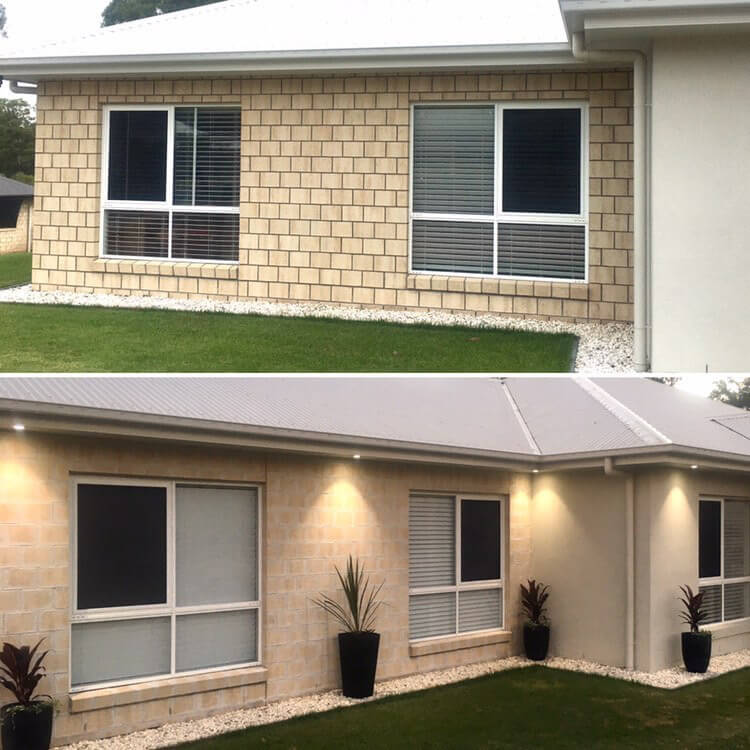
We’re going to look at the traditional method of German Schmear which uses cement-based mortar. There are other techniques that can use paint or limewash, however using cement-based mortar is more durable, long-lasting, resistant to the elements and is easy to maintain. It also helps to fill any voids between the bricks protecting them further and extending their lifespan. Plus, there’s also no need to repaint the walls to maintain the look.
The traditional look involves white mortar over red bricks. If that’s not your style, you can experiment with various brick colours and mortar tints.
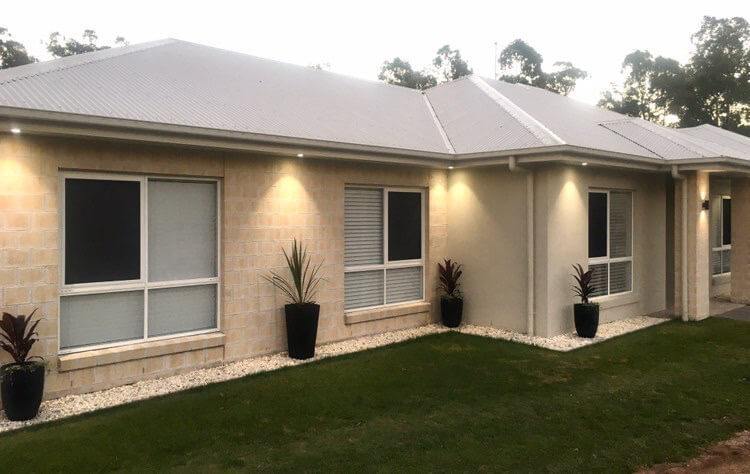
We are a fan of white mortar and light-coloured bricks. It gives a luxurious, high-end sandstone feel to the home. The home featured in this blog was completed by Jodi using six bags of Easy Mix White Mortar. And we love it!
Before we get started there are some things you should know about German Schmearing. Firstly, there are no rules! It all depends on the look you are going for as to how thick or thin you apply the wet mortar. Because the look is so versatile and permanent, we highly recommend practicing before moving onto the final project. This will help you master the look you want. There is no easy way to undo German Schmear.
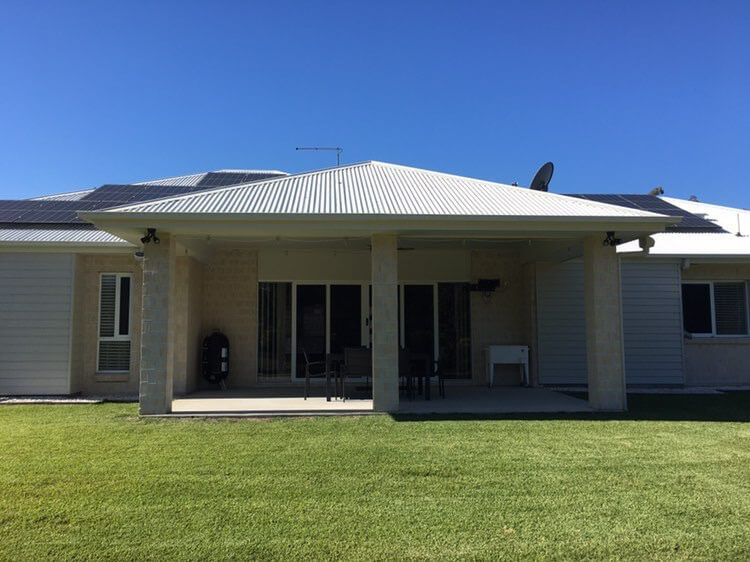
Secondly, be prepared to dedicate a few days to complete the project.
Before you begin, make sure your brick type will work. German Schmear only works on bare bricks, if they’ve already been painted the mortar won’t adhere. Also, smooth bricks tend to provide the most predictable results. If your home has been built using rough and uneven bricks, practicing in an unseen area will help you see how it will turn out.
Lastly, if your bricks are too old and damaged then there’s not much you can do. Applying mortar to a brick that’s already falling off is not going to stop it from falling and often it will take the mortar with it. Also, if there are cracks in the bricks from structural issues, no amount of mortar is going to fix them. In these circumstances, it’s best to get a professional to look at completing the look your after as structural issues could risk more than just your beautiful bricks.
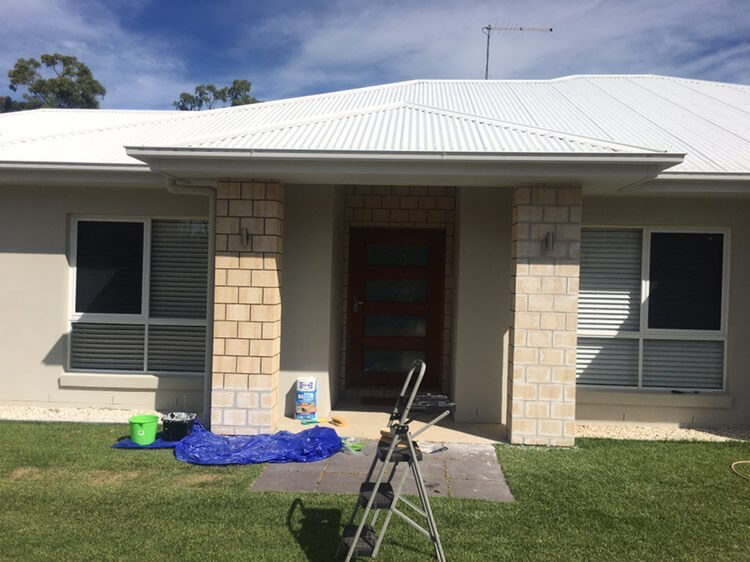
How to German Schmear using mortar
Equipment
- Easy Mix White Mortar
- Buckets
- Drill and mixing bit
- Water
- Large sponges
- Large spatulas or trowels
- Gloves and safety glasses
- Wire brush
- High pressure water sprayer
Steps
- Prepare your brick wall. For your mortar to stick, the bricks need to be squeaky clean. Use a high-pressure water sprayer if you have one or you can use a hose, bucket and stiff brush. Remove all dirt, dust and organic matter like mould and mildew. If there are water stains on the surface of the brick, don’t worry these won’t impact the mortar adhering to the brick.
- Mix the mortar with water. Typically for German Schmear it’s a ratio of 70% water and 30% powder. If you want a thicker coating add less water and if you want a thinner coat, then add more water. You’re looking for a consistency like peanut butter. Blend the mixture using a heavy-duty drill and mixing bit.
- Prepare the bricks for schmearing. Splash or spray water onto the bricks. This will give you more working time with the mortar before it dries.
- Smearing – the fun part! Depending on the look you want, use the sponge or trowel to apply mortar to the damp wall. Work from the top to the bottom in small areas. Make sure to spread the mortar into the joints. After a few minutes of smearing, check on the first mortar you put on the wall. It should start to be a little stiff, but you should be able to wipe off some with a wet sponge or wire brush. How long you wait depends on the look you want. That’s why it’s super important to experiment and practice before you do your entire home.
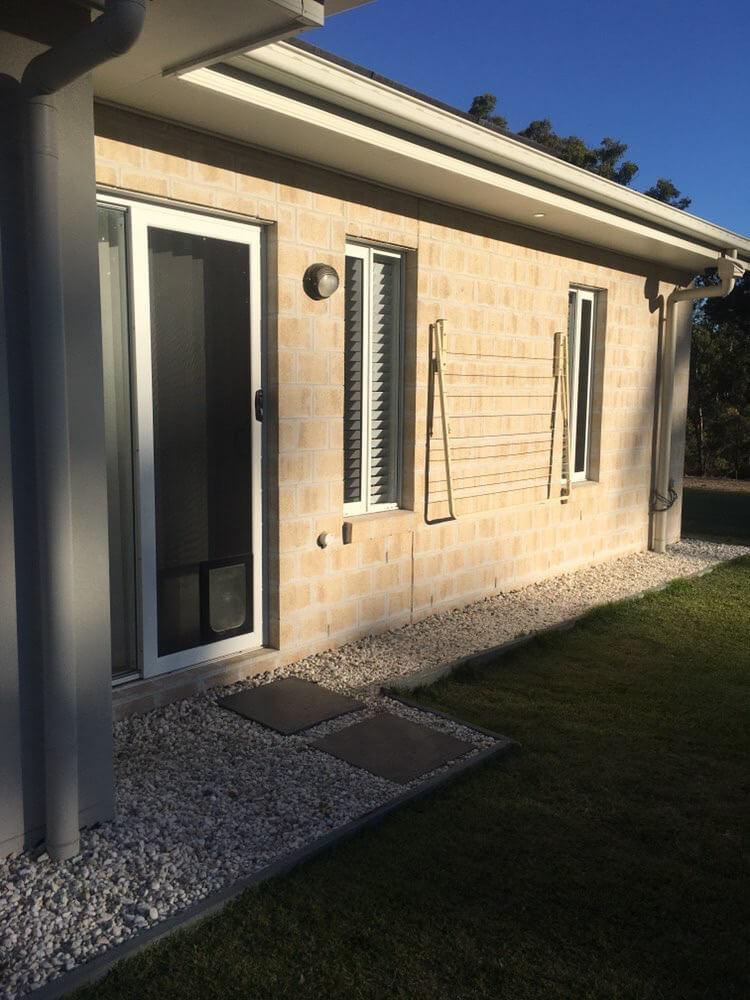
Common questions on German Schmearing
- What kind of mortar can you use? We recommend using a premixed mortar. It’s easier to use than creating your own and it will ensure consistency between batches.
- Do you need to seal the wall? You don’t need to seal it, some people choose to have an extra layer of protection.
- How do you remove German Schmear? When it’s still wet, a wire brush or trowel to scrap it off. Once it’s fully cured, you may need to use something stronger like hydrochloric acid to help remove it with a wire brush (and a lot of elbow grease). Because it’s such a permanent renovation it’s better to do it right the first time.
- How do you maintain it? That’s super easy, simply spray or wipe down the wall with water periodically to remove dust and dirt.
Learn more about Easy Mix White Mortar. | Find your local stockist.

